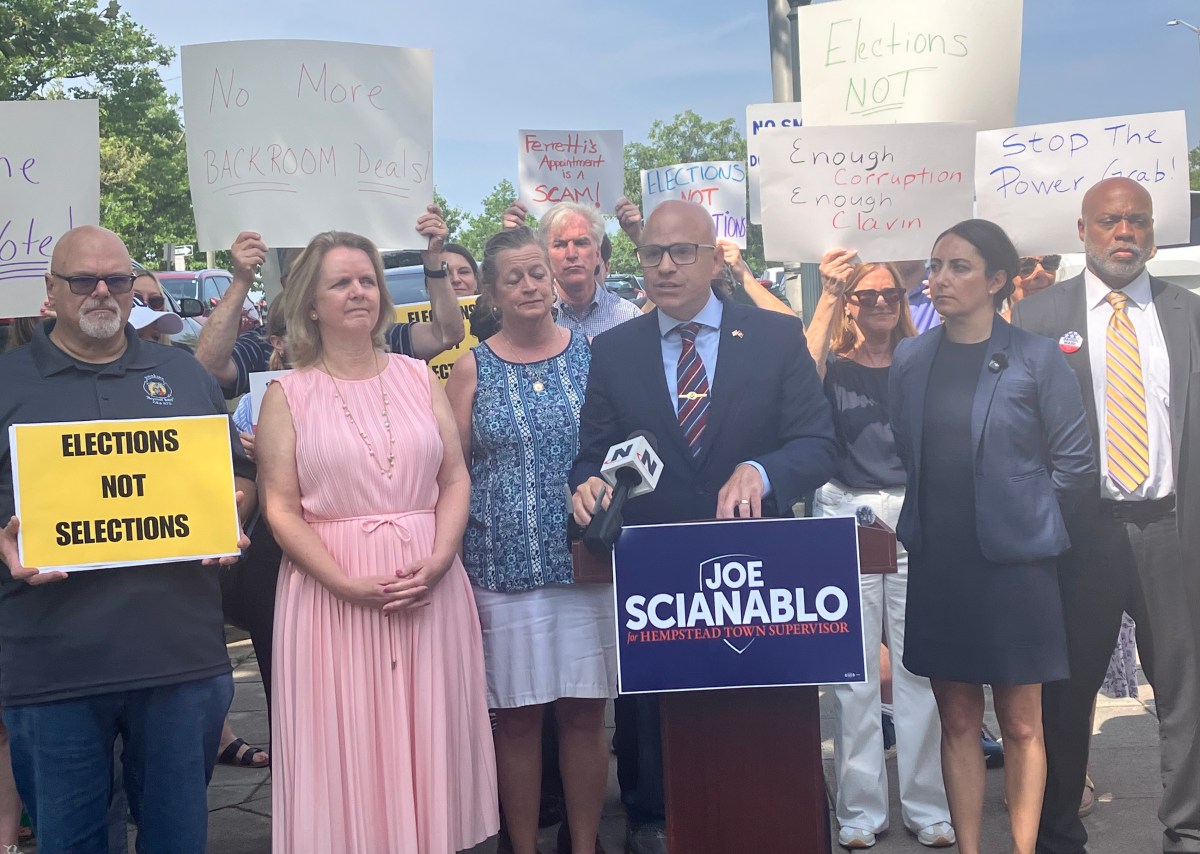Fewer New Yorkers are dying as a result of smoking-related illnesses, the Health Department reported recently.
A new analysis by the agency shows smoking-related deaths have declined by 17 percent in New York City during the past decade – from approximately 8,700 in 2002 to about 7,200 in 2009. Altogether, an estimated 6,300 lives were saved during this period as the smoking rate fell.
The biggest reductions in smoking-related mortality occurred in cardiovascular disease (down 27 percent), cancer (down nine percent) and respiratory disease (down 12 percent).
Dr. Thomas Farley, New York City Health Commissioner, presented the findings at a New York Academy of Medicine conference, “Public Health in New York City: Innovative approaches to leading causes of mortality and morbidity.”
The reduction in smoking-related deaths parallels a dramatic decline in New York City’s adult smoking rate, which fell by 27 percent during the same eight-year period. The death rate should continue to fall for many years, as the city maintains its aggressive anti-tobacco initiatives and New Yorkers reap the long-term health benefits of not smoking.
“We have reduced the number of adult smokers by 350,000 and prevented thousands of premature deaths,” said Dr. Farley. “This is good news, but smoking still kills more than 7,000 New Yorkers each year, and thousands more will suffer smoking-induced strokes, heart attacks, debilitating lung diseases and cancers. It’s never too late to quit smoking. We want to help smokers to do just that.”
New York City has initiated many anti-smoking measures during this period of declining deaths. The 2002 Smoke-Free Air Act eliminated smoking in virtually all New York City work places, including bars and restaurants, in an effort to curb the hazardous effects of secondhand smoke.
Since 2003, the city has distributed nicotine patches and gum to 250,000 New York City smokers through annual giveaways, enabling an estimated 80,000 to quit. Beginning in 2006, the city’s education campaigns have depicted the harmful effects of tobacco smoke on the human body. According to the Health Department, nine out of 10 smokers said they saw the ads in 2006, and half said the ads made them want to quit.
This September, the city introduced legislation to make public parks and public beaches smoke-free throughout the five boroughs. This law aims to ensure that New Yorkers can enjoy outdoor recreation without being exposed to secondhand smoke. If it passes, New York will join many other municipalities that already have these laws in place, including Los Angeles, San Diego, Chicago, and several localities in New York State.
Here are some tips to make quitting smoking easier:
~Prepare yourself. Make a list of your reasons for quitting and plan for situations that may tempt you to smoke.
~Pick a quit date. Get rid of ashtrays and lighters, and all cigarettes.
~Make your home and car smoke-free. It is healthier for others and will help you resist smoking.
~Get support and encouragement. Tell your family, friends, and co-workers that you are quitting and ask for their support.
~Get a quit buddy. Ask a smoker to quit with you, or find someone who has already quit who you can talk to for support.
For more information, visit nyc.gov or call 311.






















